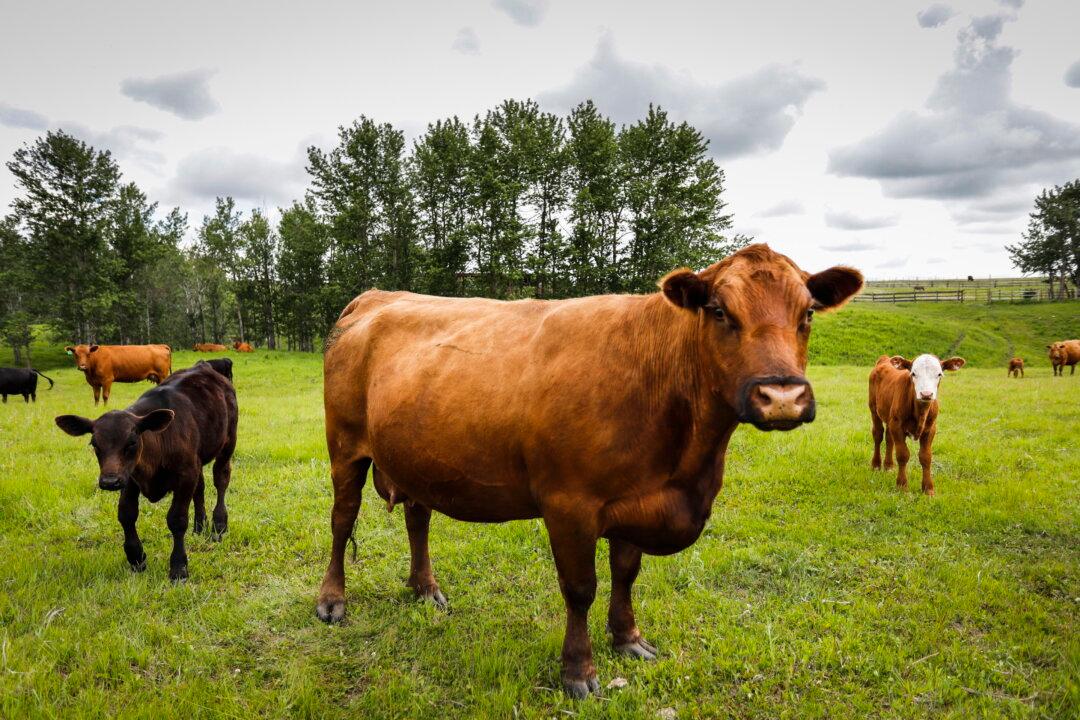Tony Mahar, CEO of the National Farmers Federation, has urged any implementation of the United Nation’s sustainability standards in Australia to be more nuanced and not a blanket approach.
His comments come as organic standards groups push for the global body to create a sustainability standard for livestock producers.




